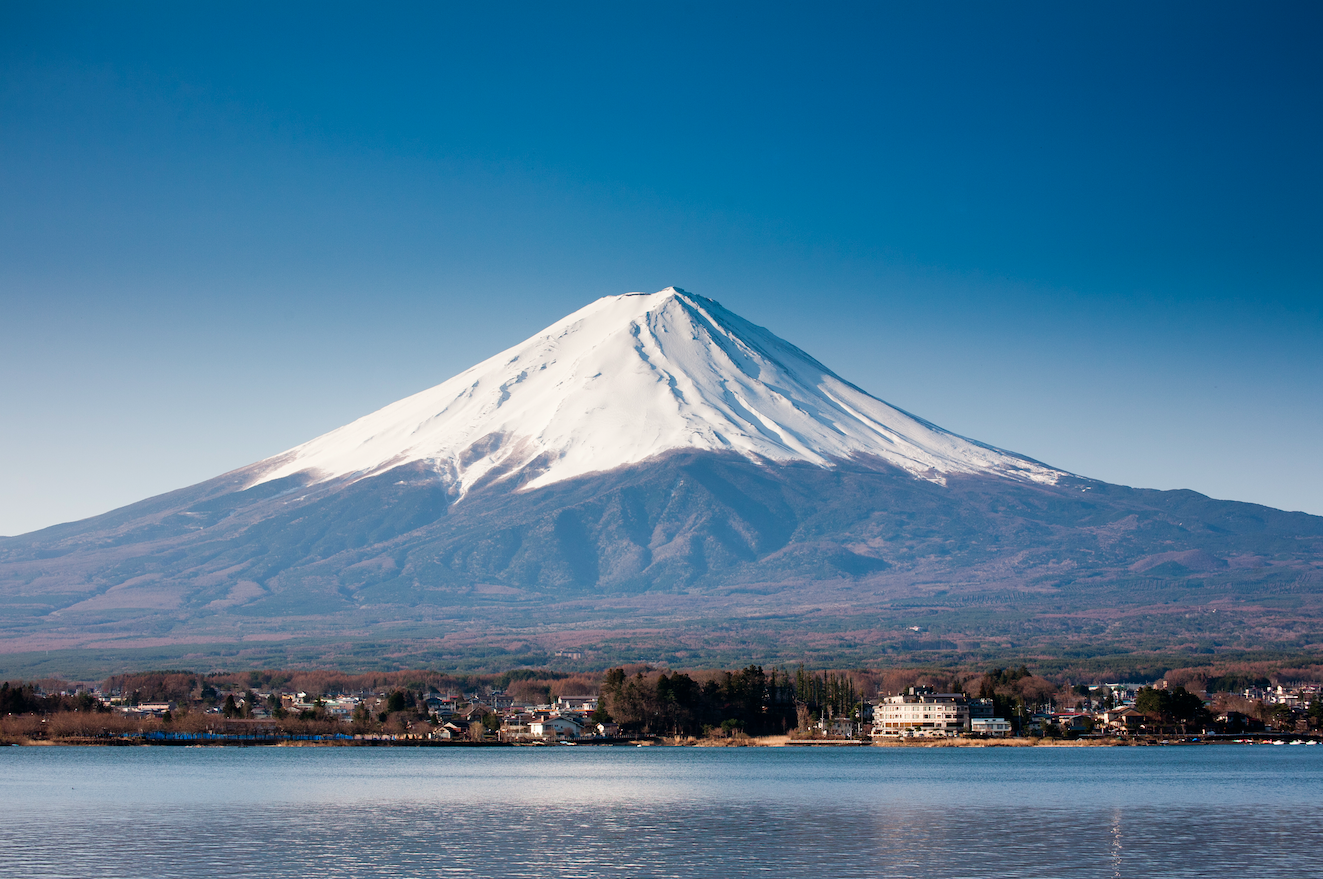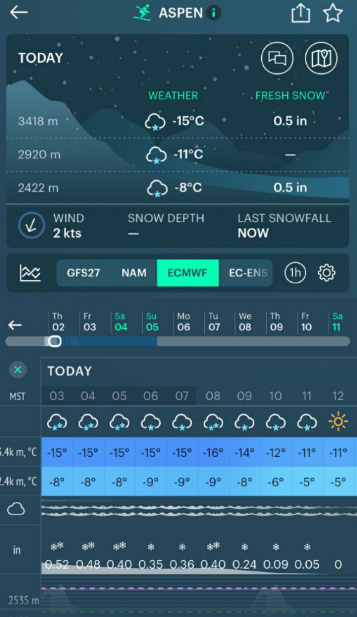
Why is there snow on the top of the mountains
You’ve probably seen snow-capped mountains on a green background. Why doesn’t the snow melt?
Freezing level
The freezing level is the height where the snow stops melting. That’s the “line” above which precipitation accumulates and simply does not have time to melt and evaporate.
The line-height descends in cold and humid areas, and rises in dry and warm.

Closer to the equator, the freezing level can rise to a considerable height, and closer to the pole it’s located quite low above the sea level.
That is, the farther from the equator, the lower the line. As you move to moderate latitudes, the height of the freezing level increases, and in tropical latitudes it reaches 4500-5500 m.
Rising air masses along the slopes of the mountains provide a constant flow of moist air. This humid air “feeds” the peaks with snow.
In the SNOW profile you can check the freezing level, as well as precipitation, wind and air temperature.

Open any winter resort in Windy.app and choose SNOW profile under the forecast.
Text: Windy.app team
Cover photo: Unsplash
You can also find useful
How to avoid a snowfall when winter hiking the mountains
Latest News
Professional Weather App
Get a detailed online 10 day weather forecast, live worldwide wind map and local weather reports from the most accurate weather models.
Compare spot conditions, ask locals in the app chat, discover meteo lessons, and share your experience in our Windy.app Community.
Be sure with Windy.app.



